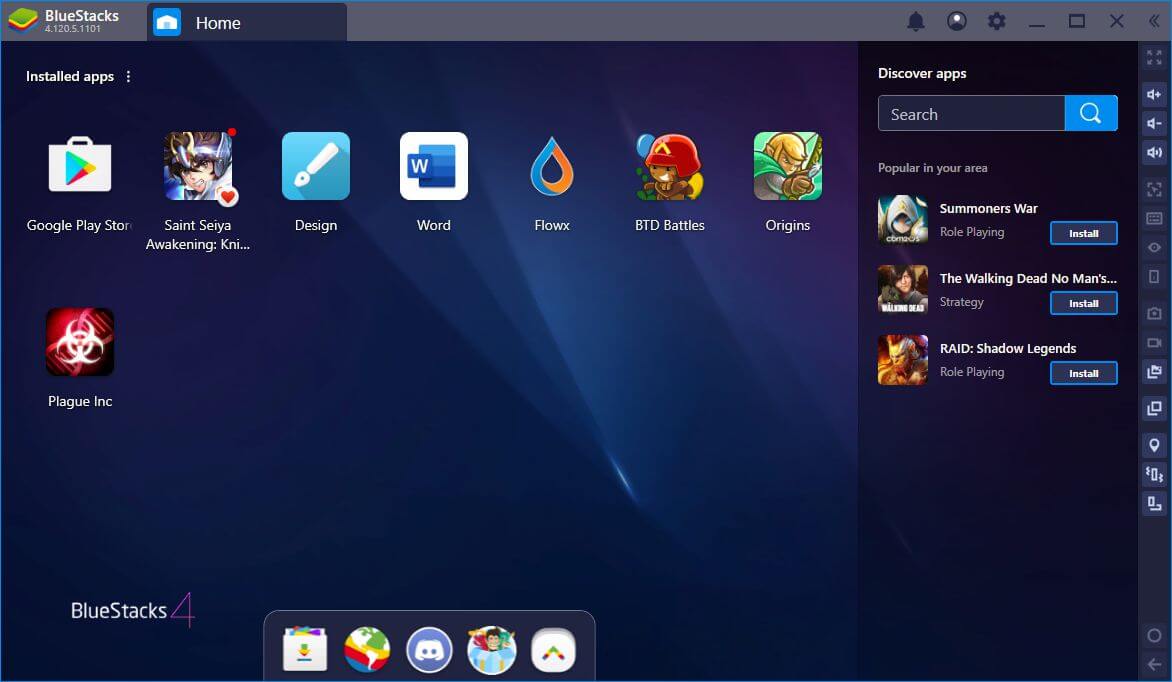Android Simulator Macos
- Android Simulator Mac Os
- Android Emulator Macos M1
- Android Emulator Macos
- Android Simulator Mac Os X
- Android Emulator Macos Big Sur
Andy is the best Android emulator available. Andy provides an easy way to download and install Android apps and games for your Windows PC or Mac.
- We talk a lot about emulating PC experiences on our phones, but what about putting phones on PC? Let's look at the best Android emulators!
- How to launch Android Emulator from Terminal. To see the the Android SDK location run this command. $ which adb Copy the path and run the command to display a list of emulators.
Here Comes The Nox Player 6
Get ready to play your favorite android games on your Windows PC and Mac on one of the most robust android emulators.
Nox Player works seamlessly on both Windows PC and Mac.
Nox emulator is updated regularly to fix bugs.
Android Simulator Mac Os
Stable
Android Emulator Macos M1
Nox Emulator is stable and works without crashes unlike other emulators.
It supports multiple control options including joystick, sketchboard, etc.
It lets you run all latest android apps and games on your computer or PC.
Nox gets intuitively mapped to keyboard to give you an amazing android experience.
Nox is a perfect Android emulator to play android games on your PC. You can easily download NOX for your windows and MAC device from given link in below. It supports Keyboards, gamepad, script recording and others. Now you can easily use your favorite android game on your Windows and MAC PC devices for free. You can also watch movies by installing showbox android app on your computer using Nox Player.

Android Emulator Macos
The purpose of this section is to guide you to create in your development environment an Android emulator.

Android emulators are managed through a UI called AVD Manager
AVD Manager has a nice interface when started from Android Studio.
Start Android Studio app, then create a blank project.

Go to the Tools menu -> :Android -> AVD Manager:
If no emulator has been created you should start with this screen:
Click the Create Virtual Device button.
In the Select Hardware window , select Nexus 5 as shown in the following snapshot:
Click the Next button.
In the System Image, select the system image Nougat, API Level 25 , ABI x86 :
Click on the download link to download the selected System Image. This download process is done through SDK Manager.
Once the download is complete, click on the Next button.
In the Verify Configuration window, check any parameter :
Then click on the Finish button.
AVD Manager shows you the newly created device:
Click on the launch button to launch the newly created AVD in the emulator.
Notice in the Run Window of Android Studio the command line used to start the device:

which can be shortened to :
How to start Android Emulator from Terminal?
Stop the emulator started by Android Studio. Open the Terminal app and type the following command:
Android Simulator Mac Os X
This should start the emulator with the selected AVD.